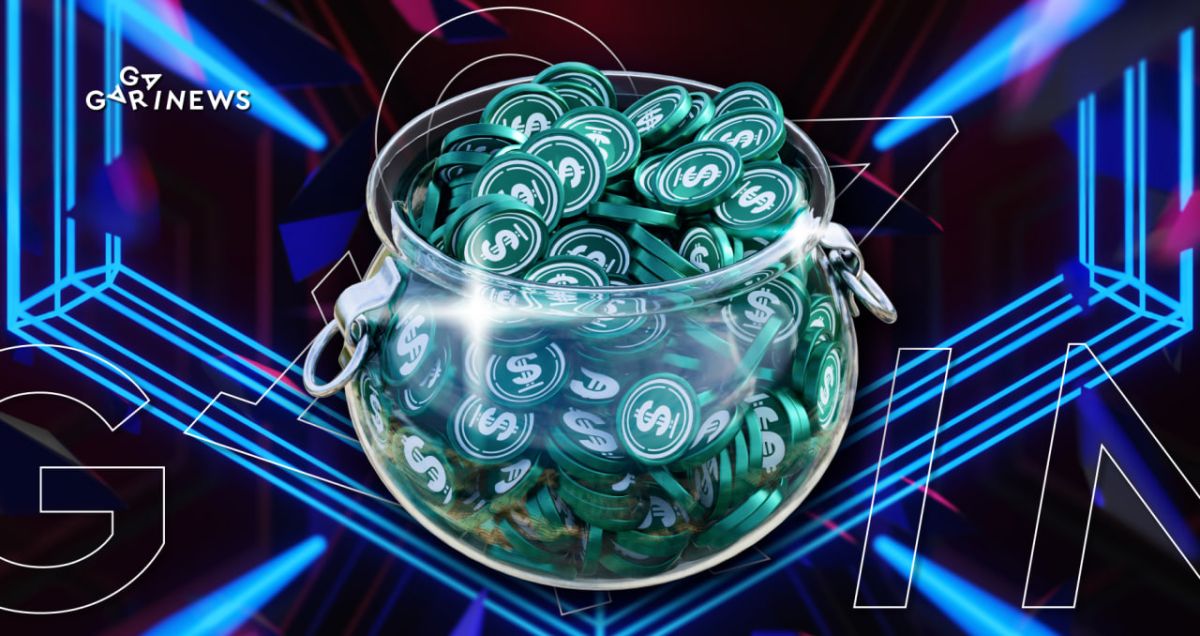USDD Stablecoin Overview

USDD is an algorithmic stablecoin pegged to the US dollar. It is issued by the TRON Foundation, and Justin Sun claims that this coin combines the best features of all market stablecoins.
Cryptocurrencies pegged to the US dollar strive to maintain the asset's value around $1 and function like any other digital asset. They serve as a store of value that can be transferred between crypto addresses.
In one of his interviews, the founder of TRON said: “So basically we studied all the algorithms in the decentralized stablecoin markets. And then we basically took advantage of all the stablecoins here and made better choices for the traders in the market.”
What does “combining the advantages of different stablecoins” mean?
USDD was launched on May 5, 2022. It was initially assumed that the token would follow the issuance and burning algorithm of another algorithmic stablecoin, Terra USD (UST), to maintain its 1:1 peg to the US dollar. However, by June, the exchange rate went out of control, lost its peg to the dollar, and plummeted to $0.93. The algorithm proved unviable, and USDD repeated Terra USD's initial crash stage. But Justin Sun managed to avoid the “death spiral” that Do Kwon's project could not escape.
Moreover, around the same time, several regulatory authorities made strong statements against algorithmic stablecoins, highlighting their insufficient backing. These two events forced the developers to look for another solution to control USDD's price. Initially, they tried raising the stablecoin's collateralization rate with a $100 million tranche.
However, this did not help much. The price still could not surpass $0.98.
However, this did not help much. The price still could not surpass the $0.98 mark.
USDD stablecoin could not maintain its dollar peg. Source: coingecko
Ultimately, the project's developers chose the mechanism of burning TRX, backed by a reserve of highly liquid assets such as BTC and USDT. Selected members of the Tron DAO were granted the right to burn the native cryptocurrency of the Tron blockchain from the reserve. In simpler terms, other assets can be used to maintain USDD's price. Excess dollars from one reserve are redirected to support the TRON Foundation's stablecoin rate.
We will not delve into the accuracy of this algorithm or how long it will work. Especially since financial regulators already express concerns about algorithmic stablecoins in financial transactions without our analysis.
USDD Tokenomics
USDD tokenomics is relatively straightforward. This stablecoin is built directly on the TRON blockchain. Users can exchange their TRX coins for USDD to minimize risks. Within a few weeks of the stablecoin's launch, TRON DAO's reserve purchased nearly $40 million worth of TRX, which equates to over 500,000,000 coins. Justin Sun says Tron purchased coins in its own market to protect USDD and initiate the burning mechanism.
Currently, the total supply of USDD is $725,332,035, with a market capitalization of $725,184,775. Volatility in the past three months has not exceeded 0.1%, which is a good indicator. If USDD's value surpasses $1, an additional issuance is triggered to maintain the peg by increasing supply.
However, the asset's daily trading volume is unimpressive, fluctuating around $22 million. For comparison, the USDT stablecoin has a 24-hour trading volume of $24 billion. This stark contrast demonstrates general distrust in algorithmic stablecoins, and USDD in particular.
Is Investing in USDD Worthwhile?
The “two-coin system” is a common algorithmic stablecoin structure where one coin is used to “absorb” market volatility while the other aims to maintain the peg. The asset's price is regulated by a smart contract code, which can be verified. In this respect, USDD is a more transparent stablecoin than traditional ones.
However, algorithmic stablecoins require a high level of interest and demand from users for the system to function correctly. If the crypto community's support for a coin paired with an algorithmic coin falls, the entire system collapses. In this case, additional financial injections from founders do not help.
You can purchase USDD on CEX exchanges, such as:
- Coinbase
- Bybit
- Huobi
- Poloniex
- Bitrue
But if you plan to use USDD for risk diversification, you should monitor TRX behavior and the TRON Foundation reputation. A stablecoin should be converted into assets if there is any suspicion of financial problems.
The content on The Coinomist is for informational purposes only and should not be interpreted as financial advice. While we strive to provide accurate and up-to-date information, we do not guarantee the accuracy, completeness, or reliability of any content. Neither we accept liability for any errors or omissions in the information provided or for any financial losses incurred as a result of relying on this information. Actions based on this content are at your own risk. Always do your own research and consult a professional. See our Terms, Privacy Policy, and Disclaimers for more details.



























